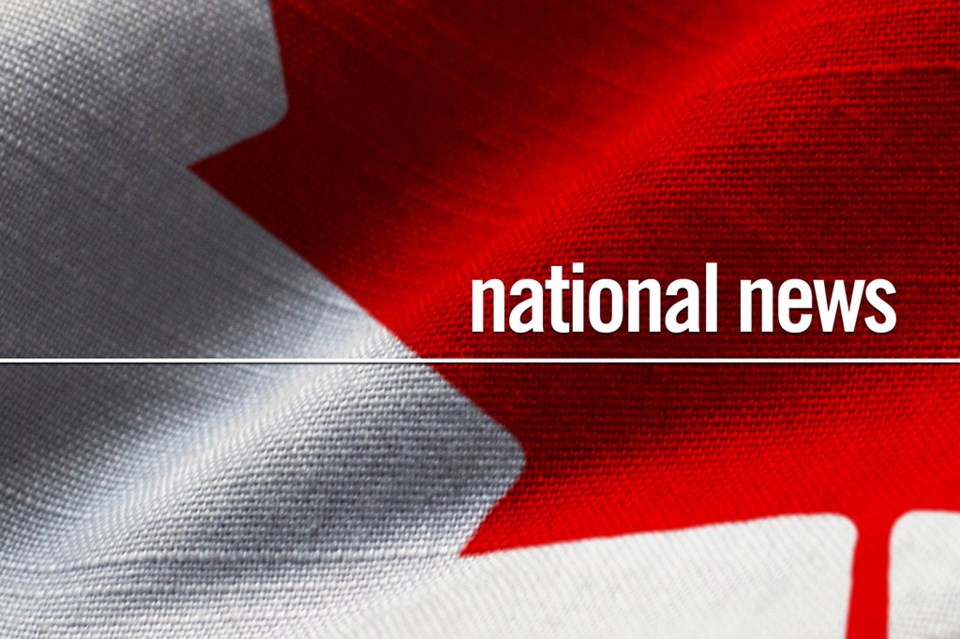OTTAWA — A report released this week from Statistics Canada paints a slightly improved picture of how on- and off-reserve First Nations peoples are faring in areas like education, housing and employment.
The report, produced in collaboration with the Assembly of First Nations, also looks at how the data compares to those of non-Indigenous peoples.
StatCan found high school completion rates have increased for both on- and off-reserve First Nations peoples since 2016.
The proportion of people living in a low-income household also decreased, which StatCan attributes to higher government transfers in 2020 that included COVID-19 pandemic relief measures.
Nearly half of households on-reserve had access to broadband internet services in 2019, compared to 32.3 per cent in 2018.
But StatCan still found status First Nations peoples 15 years or older were more likely to report they had fair or poor mental health than non-Indigenous Peoples, and children remain significantly overrepresented in the child welfare system.
This report by The Canadian Press was first published Oct. 20, 2023.
The Canadian Press




